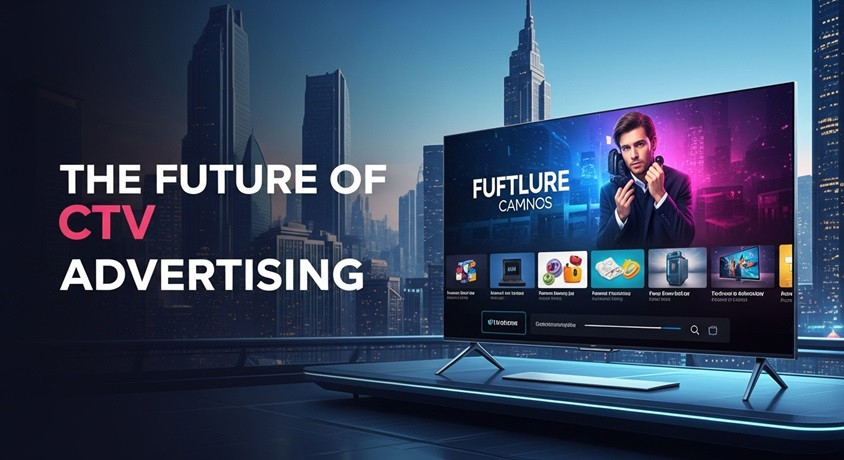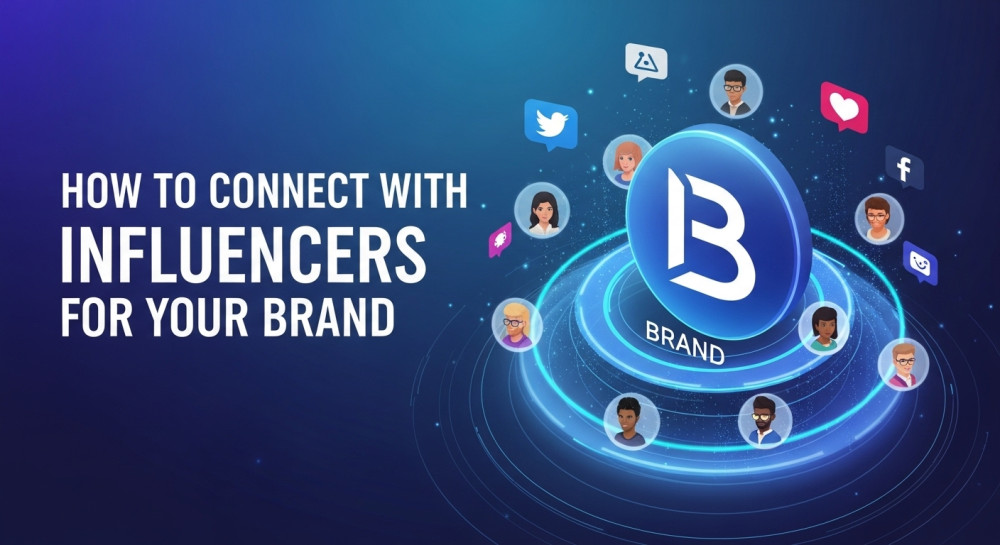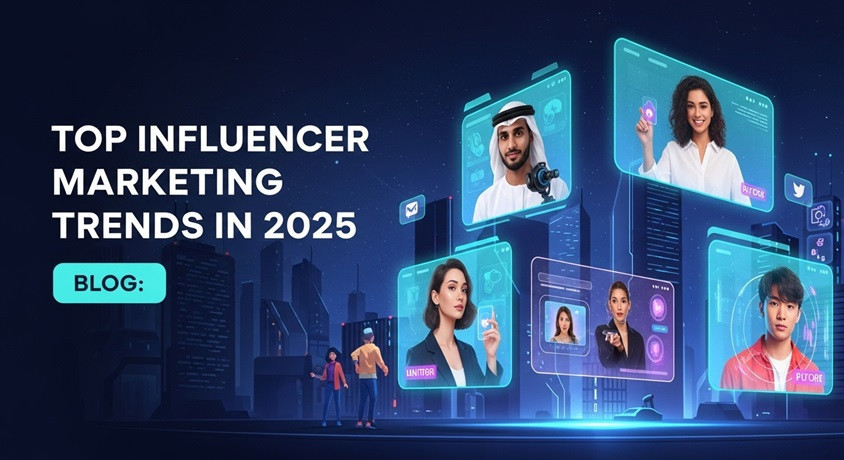The Future of CTV Advertising
The world of Connected TV (CTV) advertising is undergoing a dramatic transformation, fueled by rapid advancements in artificial intelligence, sophisticated data analytics, and evolving consumer viewing behaviors. As traditional cable subscriptions continue to decline and streaming platforms gain dominance, advertisers are presented with unprecedented opportunities to connect with audiences through more intelligent, engaging, and measurable advertising experiences.
This comprehensive exploration will examine the key technological innovations reshaping CTV advertising, the growing importance of personalization in streaming ads, and actionable strategies for marketers looking to capitalize on these emerging trends.
The AI Revolution in CTV Advertising
Artificial intelligence has become the driving force behind the next generation of CTV advertising, enabling capabilities that were unimaginable in traditional television marketing. Here's how AI is fundamentally changing the game:
1. Precision Audience Targeting at Scale
Modern AI algorithms can process vast amounts of viewer data - including viewing habits, purchase history, device usage patterns, and even emotional responses to content - to create hyper-accurate audience segments. This granular targeting capability allows advertisers to:
Serve different ad versions to different household members watching the same show
Adjust messaging based on real-time weather or local events
Predict which viewers are most likely to convert
Industry data shows that AI-optimized targeting can improve campaign performance by up to 40% compared to traditional demographic-based approaches (IAB, 2023).
2. Dynamic Creative Optimization (DCO)
AI-powered dynamic ad insertion enables:
Real-time customization of ad creative elements (products shown, voiceovers, colors)
Automatic A/B testing of multiple ad variations
Contextual alignment with the content being viewed
For example, a travel company could automatically showcase beach vacations to viewers in cold climates while highlighting mountain getaways to those in warmer regions - all from the same base creative.
3. Predictive Performance Optimization
Advanced machine learning models can:
Forecast optimal ad frequency to maximize impact without causing fatigue
Predict the best times to serve ads based on viewer engagement patterns
Automatically allocate budget across channels for maximum ROI
Brands leveraging these AI capabilities report 25-30% improvements in key metrics like completion rates and conversions (Nielsen, 2023).
The New Era of Personalized and Interactive CTV Experiences
Today's streaming viewers expect advertising that feels relevant, valuable, and seamlessly integrated with their viewing experience. Forward-thinking advertisers are meeting these expectations through:
1. Advanced Shoppable Ad Formats
Next-generation CTV advertising solutions enable:
One-click purchases directly from the TV screen
Voice-activated ordering ("Alexa, add to cart")
QR code integration for mobile continuation
Virtual try-on experiences for fashion and beauty products
Recent studies indicate that interactive CTV ads generate 2-3x higher engagement rates than standard video spots (Deloitte Digital, 2023).
2. Household-Specific Addressable Advertising
The precision of CTV allows for:
Different ads to different households watching identical content
Real-time creative adjustments based on household composition
Sequential messaging that builds narrative across viewing sessions
3. AI-Generated Hyper-Personalization
Emerging technologies enable:
Automatic generation of thousands of creative variations
Real-time optimization of messaging based on viewer response
Dynamic product placement within streaming content
These innovations are driving 30%+ improvements in key performance metrics according to recent case studies (Magnite, 2023).
Navigating Challenges in the Evolving CTV Landscape
While the opportunities are tremendous, marketers must thoughtfully address several key challenges:
1. Cross-Platform Measurement Complexity
With viewers accessing content across numerous devices and platforms, advertisers need:
Unified attribution models that connect CTV to downstream conversions
Advanced incrementality testing to determine true campaign impact
Integration with offline sales data for complete performance picture
Solutions like Nielsen ONE and iSpot.tv are making progress in solving these measurement challenges.
2. Optimal Frequency Management
Finding the right balance between:
Sufficient exposure to drive recall
Avoiding ad fatigue and negative sentiment
Best practices include:
Implementing strict frequency caps (typically 3-5 exposures per week)
Rotating creative variations regularly
Using AI to identify and suppress over-exposed households
3. Privacy-Compliant Personalization
In the evolving regulatory environment, successful advertisers are:
Investing in first-party data collection strategies
Developing sophisticated contextual targeting approaches
Implementing privacy-preserving AI techniques like federated learning
The Road Ahead: Emerging CTV Advertising Innovations
The next wave of CTV advertising innovation will include:
AI-Powered Real-Time Creative Assembly
Ads constructed in milliseconds based on real-time viewer data and contextImmersive Extended Reality Experiences
AR/VR integrations that bring products to life in viewers' living roomsProgrammatic Guaranteed Deals
Automated premium inventory buying with guaranteed outcomesSentiment-Adaptive Messaging
Ads that adjust tone and content based on detected viewer moodCross-Device Storytelling
Seamless narrative experiences that flow from TV to mobile to out-of-home
Strategic Recommendations for Marketers
To capitalize on these transformative trends, advertising leaders should:
Build AI Competency
Develop in-house expertise in machine learning applications
Partner with AI-first ad tech providers
Implement continuous testing frameworks
Reimagine Creative Development
Shift to modular creative architectures
Invest in dynamic creative tools
Establish rapid iteration processes
Modernize Measurement Approaches
Move beyond last-click attribution
Implement multi-touch models
Focus on incrementality and lifetime value
Prioritize Viewer Experience
Balance personalization with privacy
Focus on ad relevance and value
Optimize for attention rather than just impressions
Conclusion: The CTV Advertising Revolution
The convergence of streaming adoption, AI advancement, and viewer expectation for better ad experiences has created a watershed moment for CTV advertising. Brands that embrace these changes and invest in next-generation capabilities will gain significant competitive advantage in reaching and influencing audiences.
The future belongs to advertisers who can combine the scale of television with the precision of digital - creating marketing experiences that viewers actually welcome rather than tolerate. The tools and technologies now exist to make this vision a reality - the question is which brands will lead the charge.



